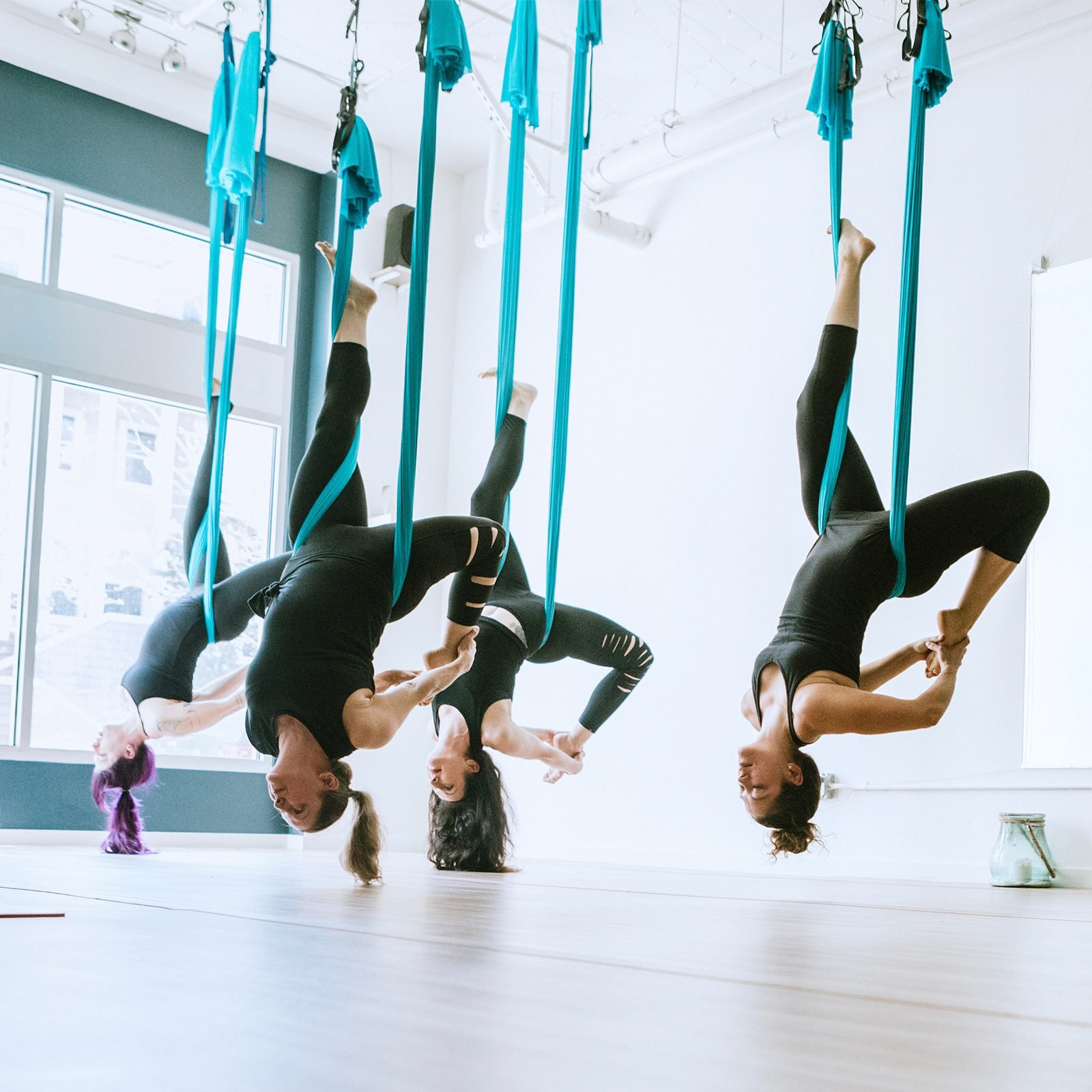
Exercise of any kind can work against cognitive decline
Whether you enjoy going for a run or simply doing some stretches on a yoga mat, both types of exercises can slow down cognitive decline and keep the brain sharp, according to a recent study. The EXERT Study, published by the National Institute of Aging and co-led by Laura Baker, PhD, a psychologist at the Wake Forest School of Medicine, is known to be one of the largest studies to date testing how the intensity of exercise impacts memory loss and cognitive decline.
Get The Healthy @Reader’s Digest newsletter
The brain and exercise study

For 12 months, 300 previously sedentary older adults engaged in up to 45 minutes of exercise four days a week under the supervision of their local YMCA. Half of the participants did moderately intense aerobic exercise, while the other half did stretching and balancing exercises.
At the end of the study, Baker reported that neither group had worsened in terms of cognitive decline, and brain scans did not show shrinkage linked to worsening memory problems. Brain shrinkage refers to the shrinking hippocampus, a part of the brain associated with memory. When the hippocampus shrinks, the brain experiences mild cognitive impairment (MCI), and an estimated 10% to 20% of people over the age of 65 with MCI will develop dementia over a one-year period.
A Bone Health Doctor Just Listed the 12 Best Yoga Poses to Strengthen Bones
How the brain benefits from exercise

Previous studies have already linked regular aerobic exercise and reduced cognitive decline. One 2021 study published in the Journal of Alzheimer’s Disease found that aerobic exercise reduces global cognitive decline and recommends exercise to be used as adjuvant therapy for Alzheimer’s disease. Study authors also point to other research linking aerobic exercise and improved physical function, as well as behavioral and psychological symptoms of dementia.
Although researchers are still learning how exercise can benefit cognitive decline, it is currently believed that increased flow of oxygen-rich blood to the brain can improve health and blood vessels and benefit brain function, according to the Alzheimer’s Association.
Nevertheless, with plenty of research pointing to the benefits of exercise on brain health, the EXERT study was meant to not only look at the connection, but also the specific type of exercises that work for cognitive decline—and if exercise intensity mattered at all.
Choose an exercise to do four days a week

The EXERT study had participants committing to 30 to 45 minutes of exercise during four days of the week, and the exercises varied. Whether it was vigorous workouts on the treadmill or stretching exercises to get the blood flowing, consistent exercises were shown to benefit brain shrinkage and MCI over time.
The key to seeing cognitive results

However, Baker points out that MCI effects on the brain can make it harder for people to regularly stick to an activity. She found that social stimulation was a key to seeing participants complete over 100 hours of exercise, according to the Associated Press. Social interaction alone has been linked to improved cognitive function, so having a buddy to hold you accountable and to make the activity enjoyable can help keep the brain sharp.
Along with a regular exercise routine, here are 50 Everyday Habits That Reduce Your Risk of Dementia.
For more wellness updates, follow The Healthy on Facebook, Instagram, and Twitter. Keep reading:
